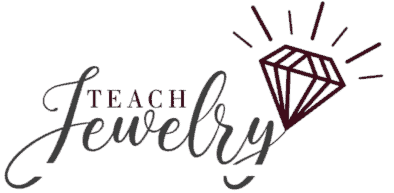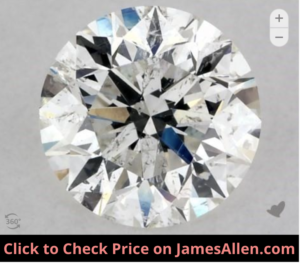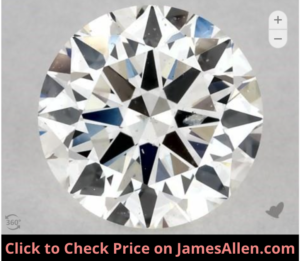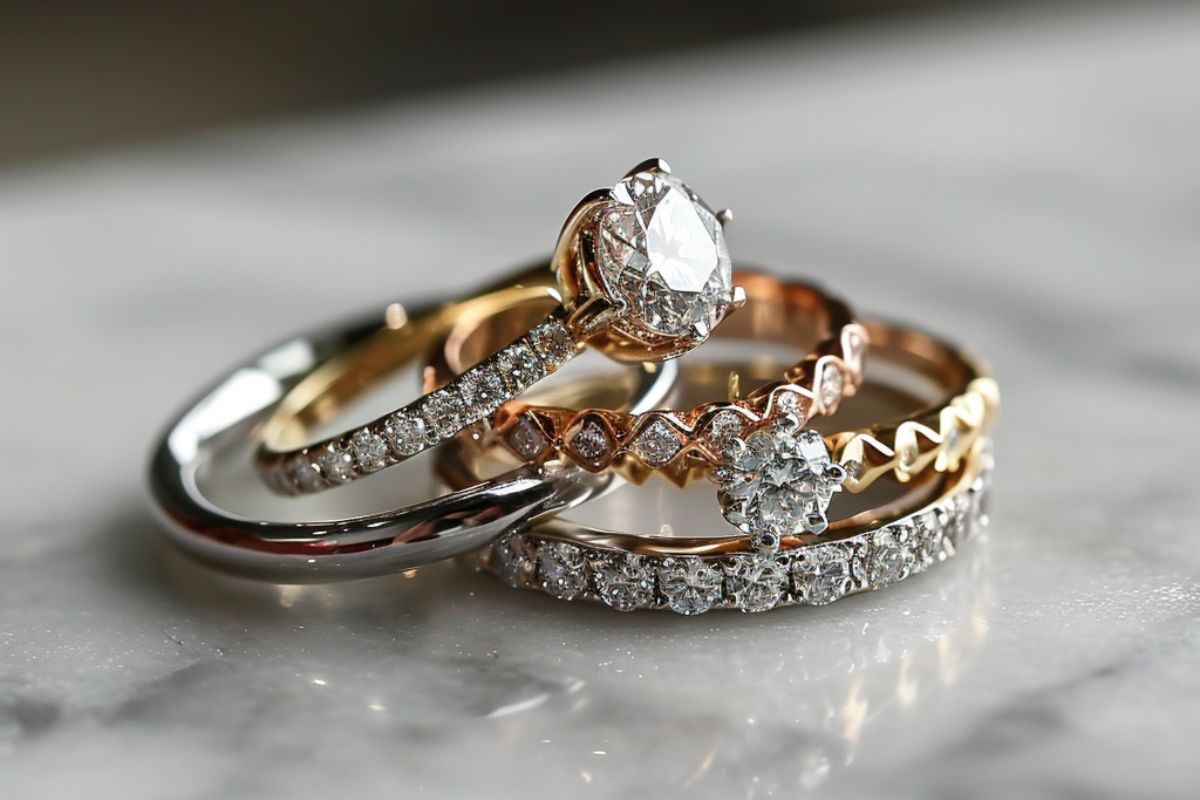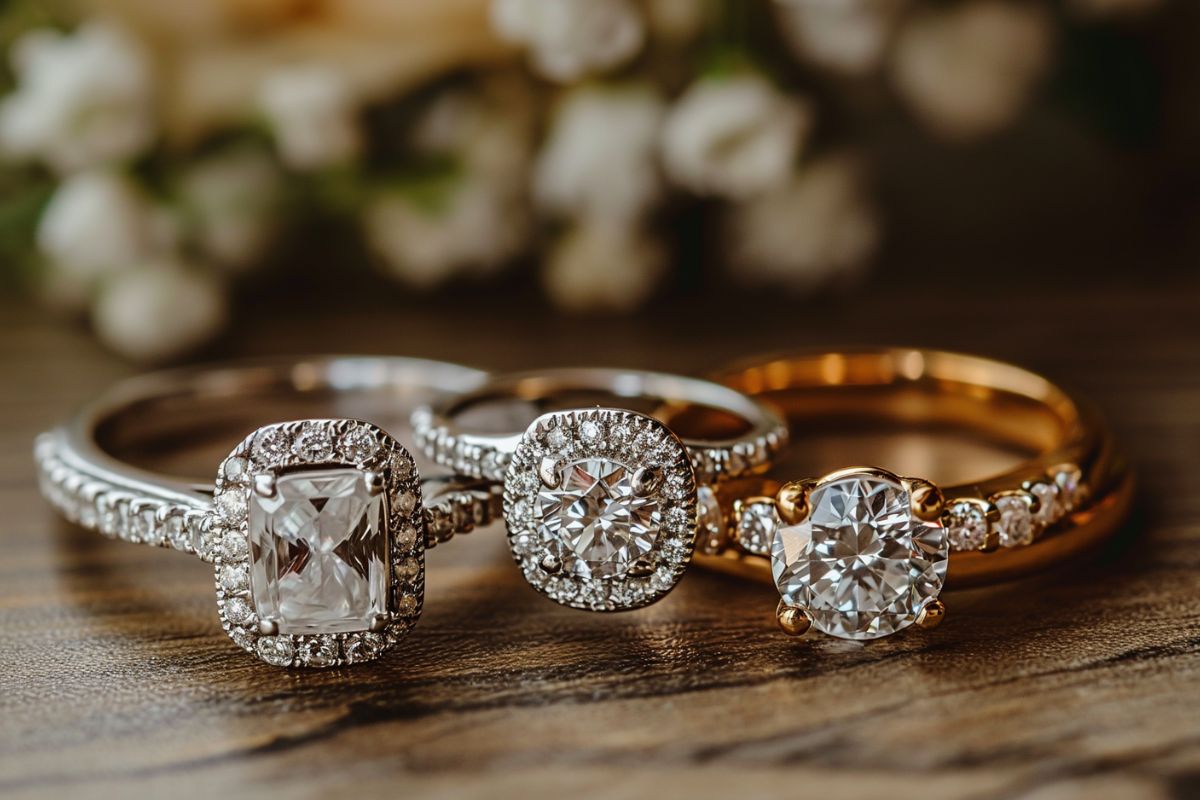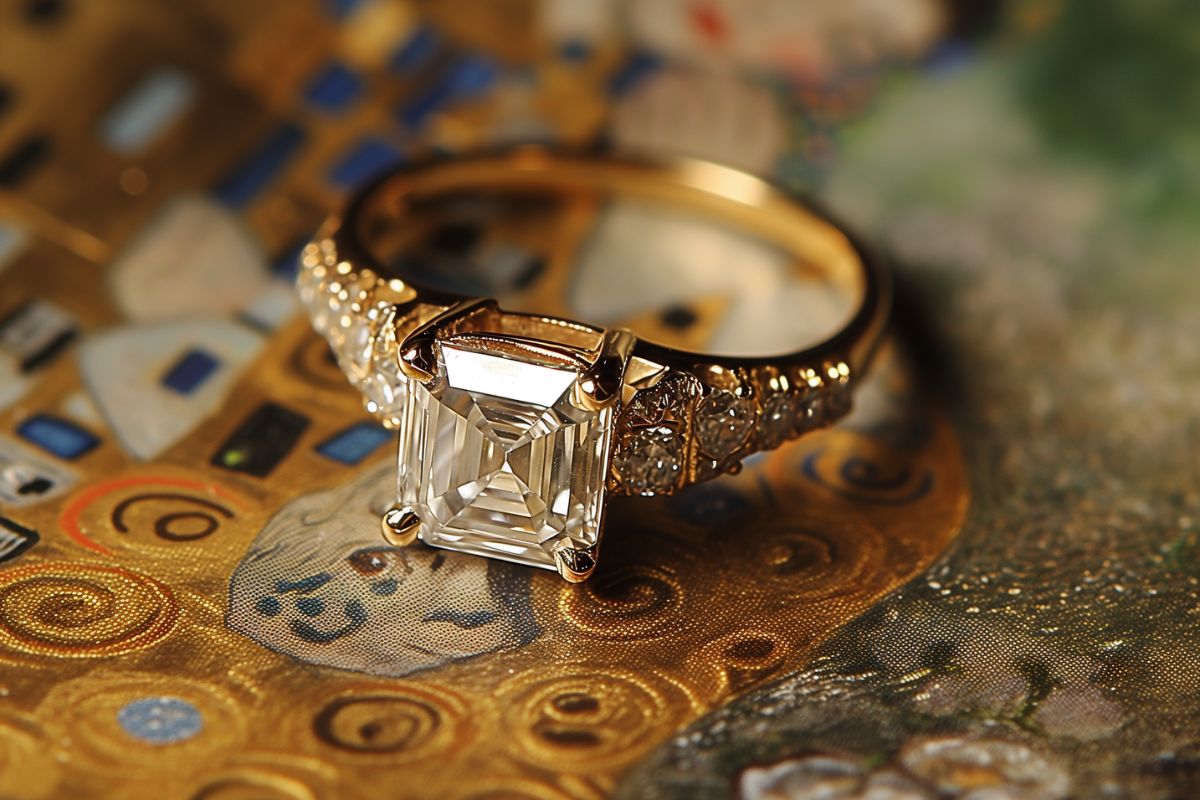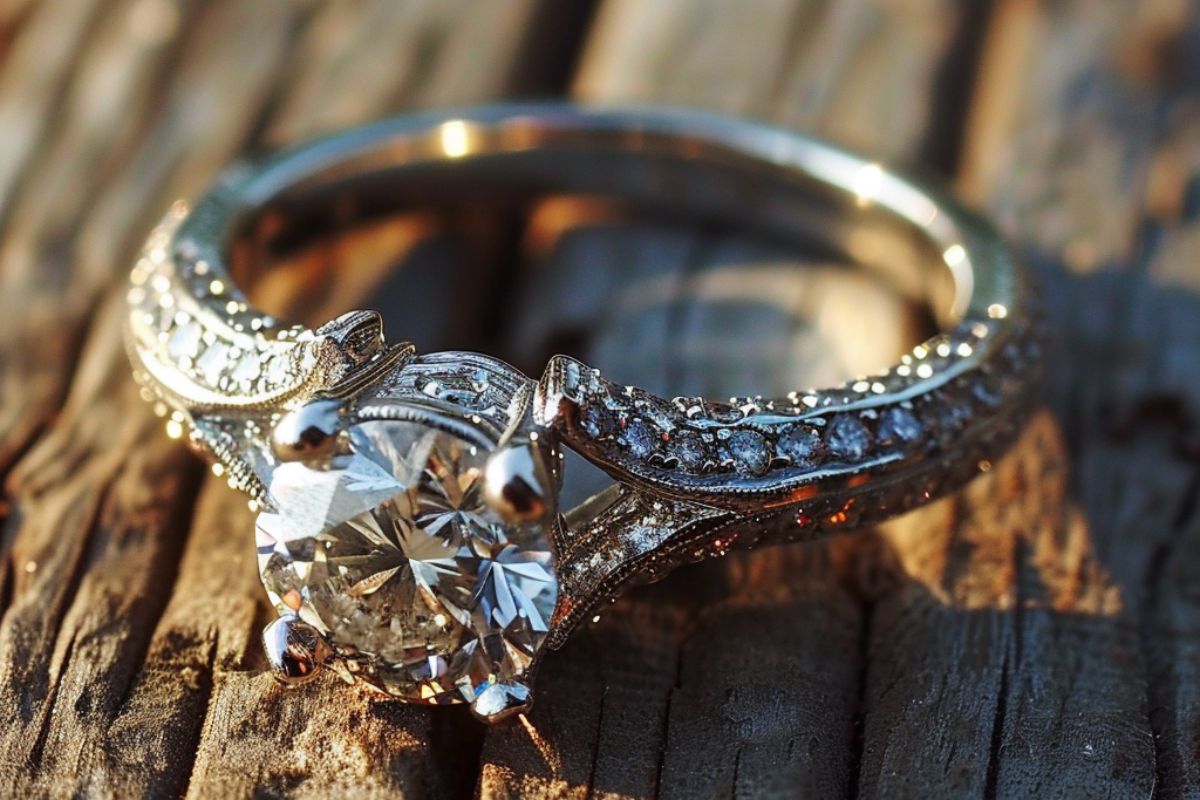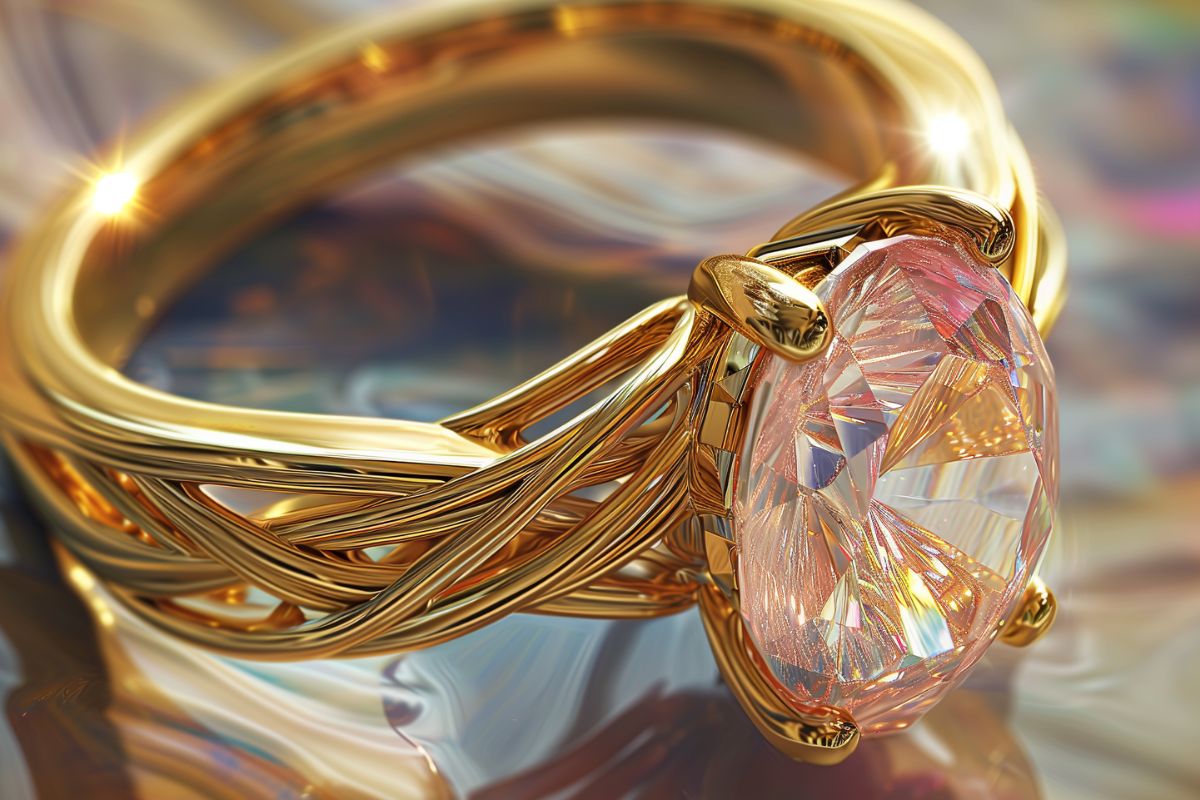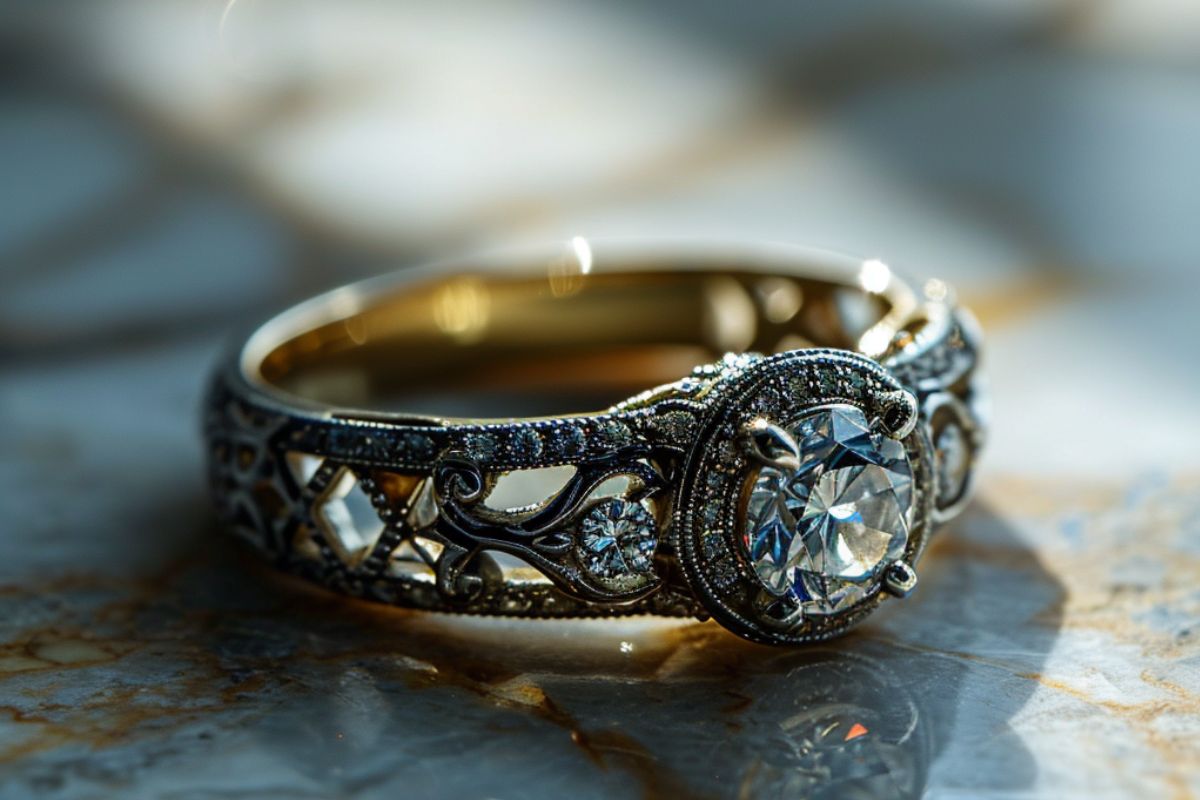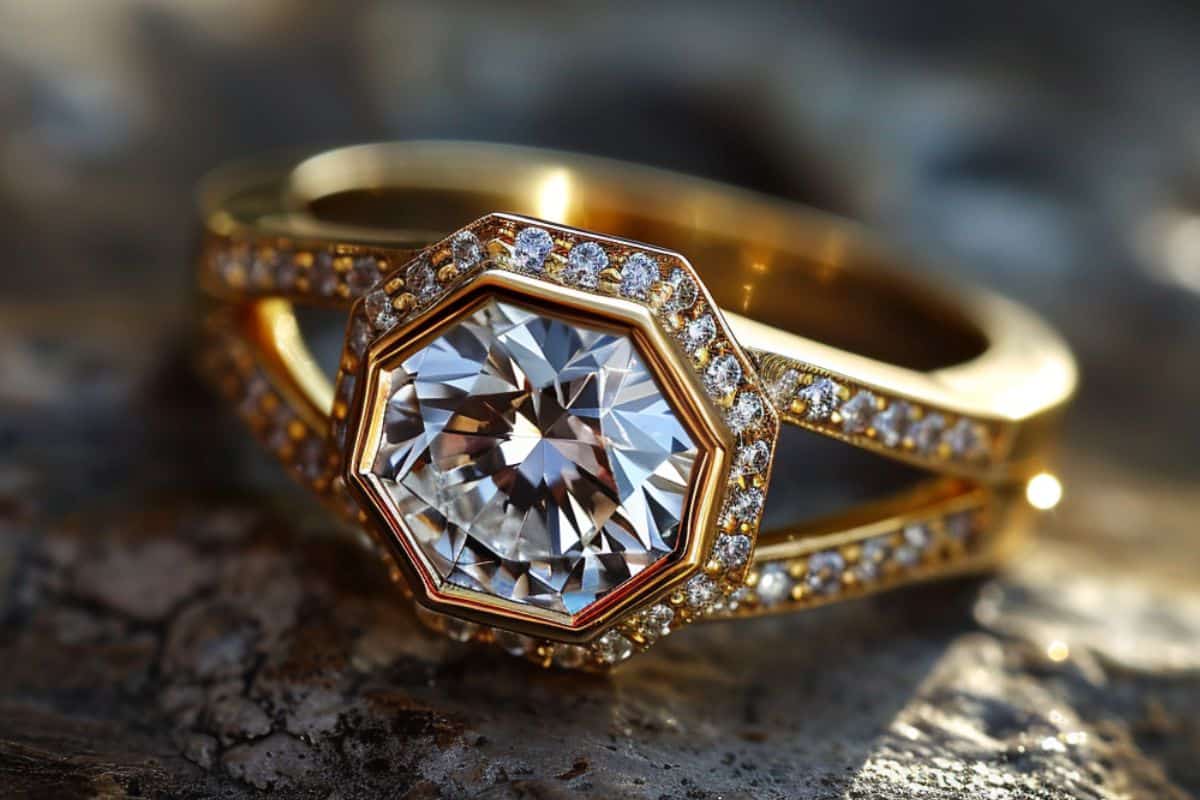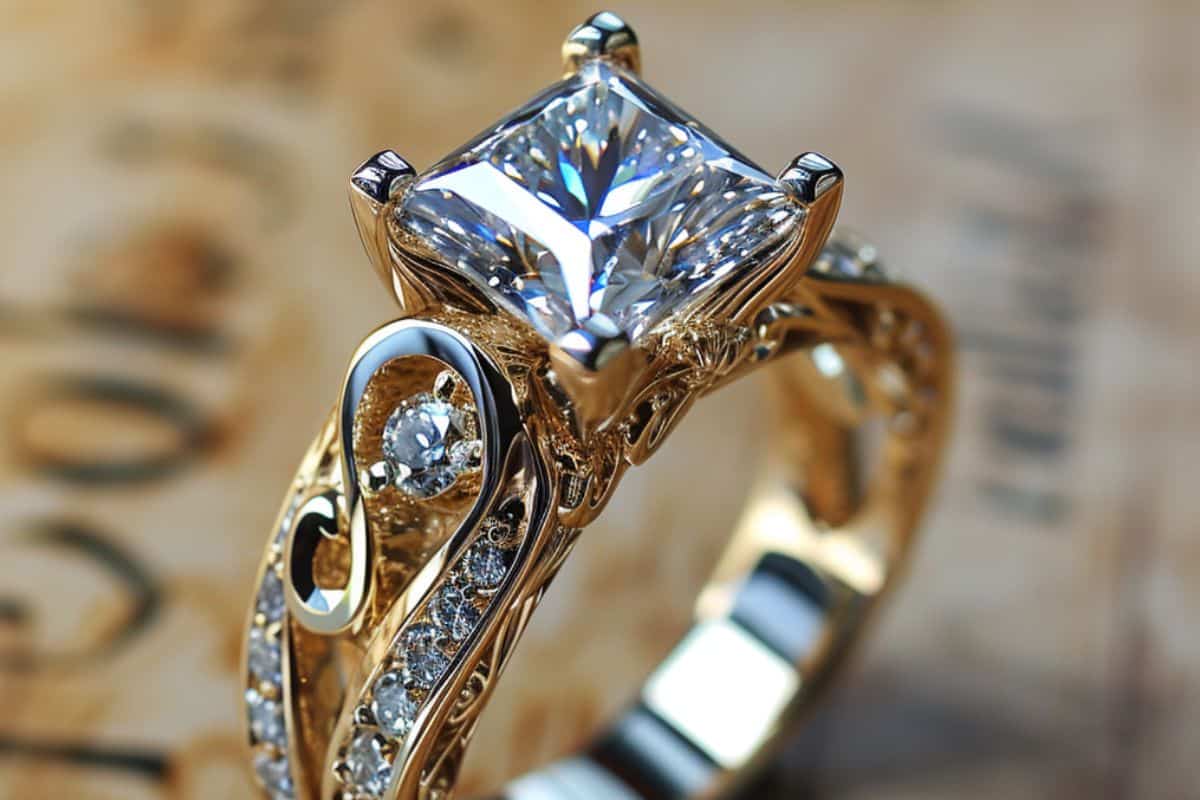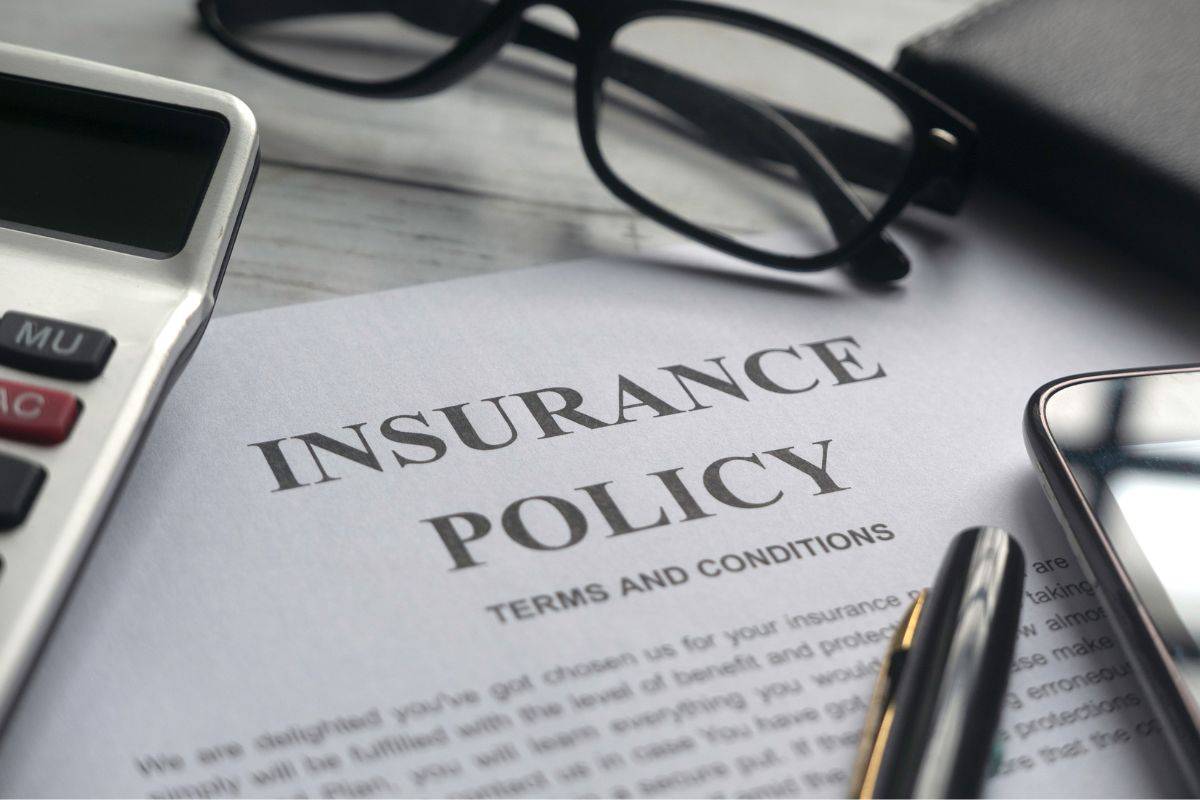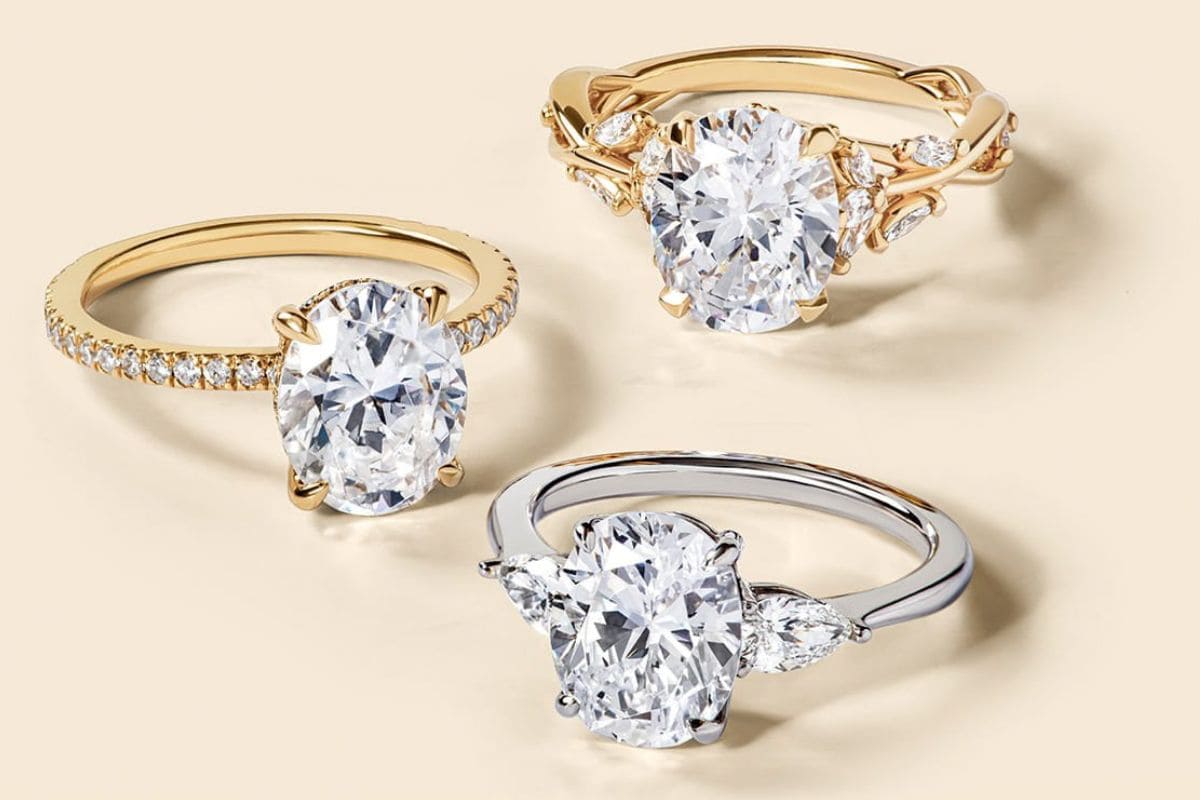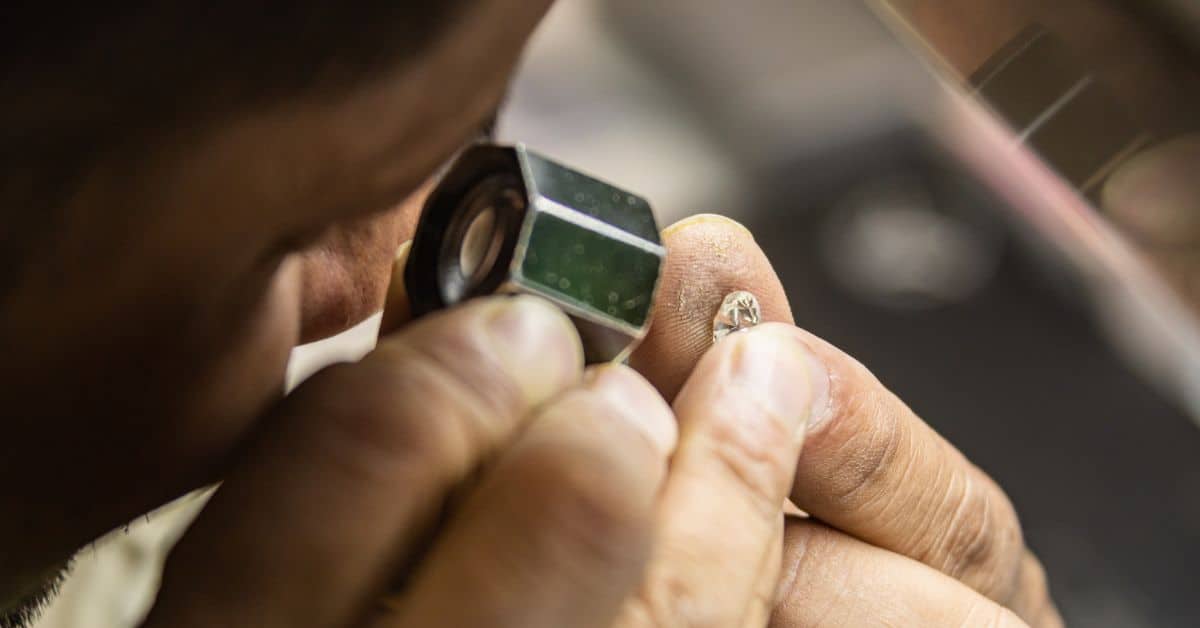- By Jacob Clarke
- jacob.clarke@teachjewelry.com
- Last Updated: January 30, 2024
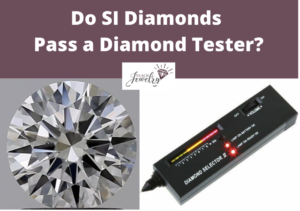
The SI designation isn’t referring to whether the diamond is real or fake. It indicates the extent of the diamond’s inclusions and how it affects its appearance, brilliance, and durability.
I’ll walk you through these details:
- When SI diamonds pass a diamond tester
- How those tests work
- Ways to ensure a diamond is real
- How to know if an SI diamond is right for you
What is an SI Clarity Diamond?
An SI clarity diamond ranks toward the bottom of the scale developed by the Gemological Institute of America (GIA) because its inclusions are sometimes visible to the naked eye.
The GIA scale ranges from flawless to I3, which each step down means the blemishes are more impactful on its overall performance.

These inclusions take the form of:
- Needles: Long, thin lines within the diamond’s inner surface that are often white or transparent
- Feathers: Small fractures or cracks that have the potential to cause structural issues
- Cavities: Craters in the diamond surface where a portion was dislodged during polishing
- Twinning wisps: A combination of pinpoints, clouds and crystals
An SI diamond has one or more of these inclusions, among several other types.
The SI grade on the clarity scale is broken down into two categories: SI1 and SI2
An SI2 diamond has more impactful inclusions, but it’s still a subjective judgment by the gemologist.
Check out this SI2 diamond.
The GIA report shows six types of inclusion scattered across its table and pavilion. They’re easily visible in the high-resolution photo, which means you’d likely notice them when viewed in a normal setting.
Now compare it to this SI1 diamond.
There are needles and crystals spread across its facets, but they aren’t as apparent in the image. Because it’s a round diamond with an excellent cut grade, it has a higher likelihood of appearing eye-clean.
Fake diamonds like cubic zirconia and moissanite can have imperfections as well, so you can’t determine whether a diamond is real solely based on an SI clarity grade.
How do Tests on SI Diamonds Work?
Diamond testers are used to detect fraudulent diamonds so the buyer is protected.
Most are portable devices that feature a scale of one to eight, with a color-coding system that flashes red or green to indicate whether a diamond is real.
To learn whether an SI diamond passes a diamond tester, place the diamond near the tip of the device. It’ll detect how quickly heat or electricity moves throughout the diamond.
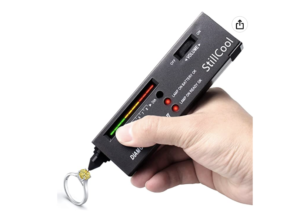
This is an effective method because heat and electricity flow through a diamond differently than throughout other gems like cubic zirconia or white sapphire.
Professional jewelers use more complex technology to ensure accuracy. While diamond testers are generally reliable, it’s best not to rely on the basic tool when making decisions about a gem that could be worth thousands of dollars.
These tests cannot determine whether an SI diamond is natural or lab-grown. Similar to the cost of a real diamond compared to a simulant, lab-grown diamonds carry far less value.
How Do You Ensure It’s Real?
There are several ways to ensure an SI diamond is real, as opposed to a simulant or one grown in a lab.
The surest way to select a diamond that’s been certified by a reliable organization like the GIA.
Reputable jewelers always offer the certificate with their diamonds, and it should match the serial number inscribed on the girdle.
As an example, here’s an SI diamond graded by the GIA.
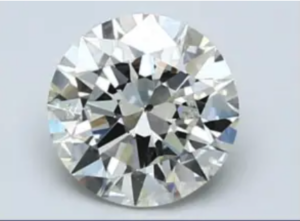
You can see at the top of the report that its serial number is “7418597228,” and it can be verified on the GIA’s website.
I inputted the serial number on the site, and the GIA returns its results, which you can see below.
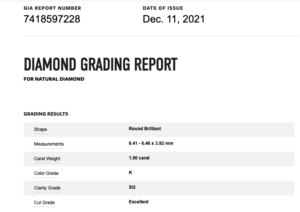
At the top, the report confirms it’s a natural diamond.
If you’re considering an SI diamond that isn’t certified, there are two steps to learning if it’s real.
The first is to use a diamond tester.
If it passes, but you aren’t sure whether it’s natural or lab-grown, you’ll have to submit it to a gemologist for their review.
Even a trained professional often can’t tell the difference without specialized equipment.
The image below provides an example.
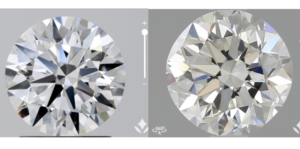
The diamond on the left is lab-grown, and on the right is a natural one. They appear identical.
Should You Buy an SI Diamond?
SI diamonds are considered a strong value because they can appear identical to the naked eye to ones with higher clarity grades without magnification.
You’ll avoid premiums for VS, VVS, or IF clarity and still have a diamond that looks flawless.
An SI1 diamond is more likely to meet that criteria than SI2, but it depends on the specific inclusions and its carat weight. Always view it in person or through high-resolution images.
After you learn whether your SI diamond is real, either through a diamond tester or from certification by a credible institution, pair it with the right setting to land on the perfect piece for you.
Testing SI Diamonds Q&A
Q: Can the presence of inclusions in SI diamonds affect the accuracy of a diamond tester?
A: The diamond tester primarily measures thermal conductivity or electrical conductivity, and the presence of inclusions in SI diamonds shouldn’t significantly affect its accuracy. However, extremely large or numerous inclusions might potentially interfere with the tester’s readings.
Q: Is there a specific type of diamond tester that is recommended for testing SI diamonds?
A: There isn’t a specific type of diamond tester recommended for SI diamonds. Standard diamond testers that measure thermal or electrical conductivity should work effectively for diamonds of all clarity grades, including SI.
Q: Is there a way to enhance the appearance of SI diamonds to make the inclusions less noticeable?
A: Yes, setting an SI diamond in a bezel or halo setting can help to obscure the inclusions to some extent. Additionally, choosing a brilliant cut like round or princess can also help to mask the inclusions through their light reflection and refraction properties.
Q: What are the common types of inclusions found in SI diamonds and how do they impact the diamond’s performance?
A: Common inclusions in SI diamonds include needles, feathers, cavities, and twinning wisps. These inclusions can potentially impact the diamond’s brilliance, durability, and overall appearance.
Q: How do SI diamonds fare in the resale market compared to higher clarity grades?
A: SI diamonds might have a lower resale value compared to higher clarity grades like VVS or VS due to their visible inclusions, which might deter some buyers. However, their affordability could appeal to budget-conscious buyers.
Q: Are SI diamonds more common in certain types of jewelry, like earrings or pendants, compared to engagement rings?
A: Yes, SI diamonds are often more common in jewelry pieces like earrings or pendants where the inclusions are less likely to be noticed compared to engagement rings which are typically observed more closely.

Jacob Clarke
Jacob Clarke is the founder of TeachJewelry.com.
He earned an Applied Jewelry Professional Diploma from the Gemological Institute of America (GIA) and now brings you essential information about diamonds, settings, and more.
Jacob has consulted with leading jewelry brands, and his work has been cited in Clean Origin, Diamond Nexus and industry publications.
He's also a member of the International Gem Society.
He enjoys discussing jewelry with readers, so contact him with any questions at jacob.clarke@teachjewelry.com.
